I’m a sucker for Chinese food. On our trips around the country and abroad, Joanne and I are always seeking out what we hope to be a significant Chinese restaurant in that city. Funny, enough, we don’t seem to have the same antennae for other Asian cuisines. As much as we love Thai, Indian, Pan-Asian, etc., it’s Chinese food that really gets our mouths watering.
Some of you will recall some of the Minneapolis icons of decades past: THE NANKIN, HOWARD WONG’S and one of the last standing examples: DAVID FONG’s.
Every city has its iconic Chinese restaurants. Those of you who travel to Los Angeles might remember THE FORMOSA CAFÉ on Santa Monica Blvd, near United Artists Studio. And course every Chinatown from New York to Toronto, San Francisco, Providence, Vancouver and London has its mainstays.
What these places have in common are two things: their trade dress (everything from logos to signage to interior décor motifs) and the striking similarity of their cuisine. Back in the day, the signage style was called “Chop Suey lettering” and the cuisine was called CHINESE-AMERICAN.
DAVID FONG’S in Bloomington has been around since the mid-sixties, and to me it represents the “Holy Grail” of the reportedly 40,000 Chinese-American restaurants in the country – before things began to change.
We went there a couple of weeks ago, and it was like stepping into history; a glimpse of a long-gone era – when the photography was in black & white and the walls of every Chinese-American restaurant were red & black lacquer (the same “mother colors” of the vast preponderance of these time-tested icons from all around the country).
A warm welcome from the host was indicative to me of a warm and loving culture cultivated over the years at David Fong’s – one that only comes from good people and is typical of a well-tended family business. It’s no wonder this place has been open for half a century.
To our eyes today, the interior of David Fong’s seems utterly clichéd – the kind of environment you really only enjoy ironically. But in decades past, these environments had a powerful hold on the imagination of “adventurous” American diners. Consider the Formosa Café, which had huge cachet in Hollywood. Regular visitors – and I mean REGULAR visitors – included Marlon Brando, Humphrey Bogart, Warren Beatty, Dean Martin, Lauren Bacall and Lana Turner….each with their black & white studio photos lining the walls.
I vividly recall a scene that took place in The Formosa from the movie L.A. CONFIDENTIAL, when L.A. police sergeant Ed Exley (played by Guy Pearce) approached a stunning blonde in one of the restaurant’s booths and said, “…a hooker cut up [plastic surgery] to look like Lana Turner is still a hooker.” Kevin Spacey whispered into Exley’s ear, “She IS Lana Turner” – whereupon the actress threw her drink in Exley’s face.
These countless Chinese-American restaurants were frequently dubbed “Old School Chinese” by the press. Typically, they had a number of round tables with Lazy Susans that would hold Crab Rangoon, General Tso’s Chicken, Barbequed Spare Ribs, Chop Suey, Orange Beef and Fried Rice. And of course every meal ended with cellophane-wrapped Fortune Cookies (a Japanese invention created in Kyoto) and trapezoidal cartons for leftovers. Most of these restaurants were housed in nondescript strip malls. The bigger-ticket joints (like David Fong’s) were often free-standing, and they announced themselves to passing motorists with grand pagoda-like architectural elements.
And then there were the palaces of Chinese-American cuisine – places with fancy, expensive “envelopes” and an ambiance that evoked an empress dowager’s sitting room. Think SHUN LEE PALACE in New York, and Ronald Reagan’s favorite Chinese hotspot, the now-shuttered TOMMY TOY’S in San Francisco.
Dining at the temples of Chinese-American was always an adventure – but more because of who you might see rather than what you might eat. Back in their heyday – and even today – there were very few Chinese-American restaurant chains. Most were family-owned like DAVID FONG’S. And yet they might as well have had the same owner because the food was all but interchangeable from one to the other, regardless of price point.
Why was their so little diversity? And why did the cuisine bear so little resemblance to what you’d actually find in China?
From what I understand, Chinese-American restaurants developed en masse beginning in the middle of the 19th century, when Cantonese immigrants flooded the shores of San Francisco looking for work in the mines and building the railroads. These immigrants – almost all of whom were men – arrived with barely a grasp of how to cook. Consequently, they found themselves throwing together leftover food scraps of available American stuff and calling it “Chop Suey,” which means “leftovers” in Cantonese.
Some opened restaurants. Despite resistance from Americans who did not want to eat at these “CHINESE by CHINESE’ restaurants due to a climate of racism (“Lock up your cats and dogs!”), these restaurants proliferated. Not only did the larger American population come to like the fare, the Chinese-Americans themselves developed a love of it.
This cuisine still thrives today, in part due to THE CHINESE EXCLUSION ACT enacted in 1883 and continued until 1943. Preventing most new immigration from China, it stifled innovation and froze the cuisine in place, securing “faux Chinese food’s” hold on the country’s culinary tastes through the middle of the 20th Century. The dominant dishes from restaurant to restaurant were uniform in their flavor profiles and preparation techniques. Whether your ordered Sweet and Sour Pork, Kung Pao Chicken, Egg Foo Yong, Orange Chicken, or the ubiquitous Beef and Broccoli, the dishes were sweet and bland, and the sauces thick and gloppy.
Laws preventing Chinese immigrants from buying property influenced the culinary landscape as well by forcing them to settle in ghettos in major metropolitan areas – Chinatowns. This ensured further inbreeding and duplication of recipes. (Americans who actually went to China found themselves dumbstruck by the difference between actual Chinese cuisines and our Chinese-American version.)
As Americanized as our Chinese cuisine became, it still fell outside the culinary mainstream, and many operators – particularly those in smaller communities – broadened their appeal by including everything from hamburgers to apple pie on their menus. Of course, it’s not just the Chinese who did this. So did the Greeks, the Italians, the Mexicans (the term “Chino Latino” wasn’t invented by me; it’s a generic descriptor coined by New Yorkers to describe immigrant-run establishments that offer both Asian and Latin fare).
Things began to change in 1972 after President Nixon opened the door to China and was shown on TV eating something called PEKING DUCK. Innovation began to take hold, especially in the 1980s, when you started to see Hunan and Szechuan specialties creep onto menus. Fast forward to more recent decades and you’ll see plenty of examples of innovation gone awry – Sanbal this, Ginger Wok that, Pan-Asian, Fusion, Moo Shu Pork Burritos… YIKES.
These days, it’s not so hard to find authentic Chinese restaurants – many of which are in suburban areas with large Chinese populations. Yet, surprisingly, some can also be found in highly touristed areas. Recently, our Parasole Culinary Team dined at CHINA BLUE in Tribeca. The restaurant was as stylish as I expected, but the menu and the clientele were hardcore Chinese (I’ll post more about this place very soon). Another one that we like is KAI on South Audley in Mayfair in London (see my post called “Grown Up Chinese”, from June 29).
These are the exceptions. They’re highly individual in character and worlds different from the Old School Chinese joints that I also love. And I can find no better example of the latter than DAVID FONG’S.
On our recent visit, I felt a strong SUPPER CLUB vibe…..albeit an Old School Chinese supper club, with lots of Old Fashioneds and Perfect Manhattans at the tables – particularly for folks of a certain age. The bar was jammed, probably with regulars.
The dining room, in fact, seemed populated with plenty of regulars, too. Speaks well for the place, doesn’t it?
Our server was knowledgeable, friendly and efficient. And although our table didn’t have a Lazy Susan, it practically sagged from all the Old School suspects piled upon it – BBQ Pork, General Tso’s Chicken, Crab Rangoon (which I loved), and a number of other dishes that to today’s culinary adventurers are actually kind of exotic. Wonton wrappers filled with artificial crab and Philadelphia Cream Cheese? Sounds like a fascinating fusion dish! (By the way, I’m told that dairy products aren’t often featured in Chinese dishes because many Chinese people identify as lactose intolerant).
So how was the food? Predictable. Clichéd. And DELICIOUS. I don’t want to eat it all the time, but every once in a while….what a FEAST. Particularly at David Fong’s, which is so venerable…such a classic of the genre.
I have one final thought: The tabletop at DAVID FONG’S was set with forks, not chop sticks. In fact some of our group had to request chopsticks, which were promptly delivered. But not to me….I didn’t want chopsticks, which have to be the dumbest eating device ever created on the planet….try to eat a steak with chopsticks.
Perhaps the only thing worse than chopsticks would be no eating utensils whatsoever.
W.T.F.
PHIL
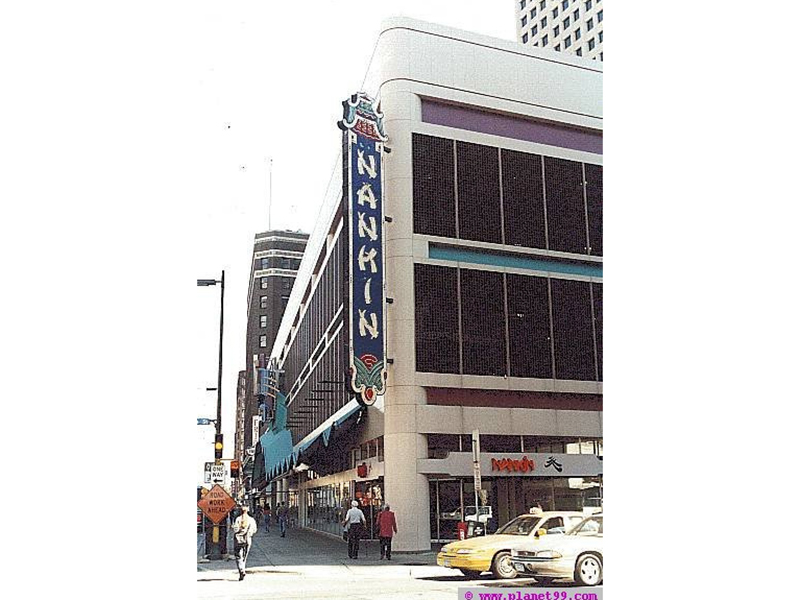

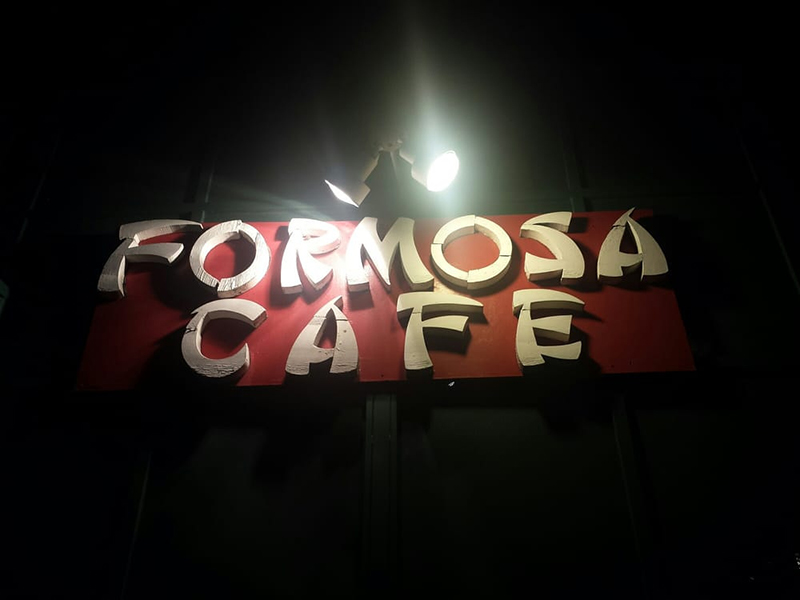
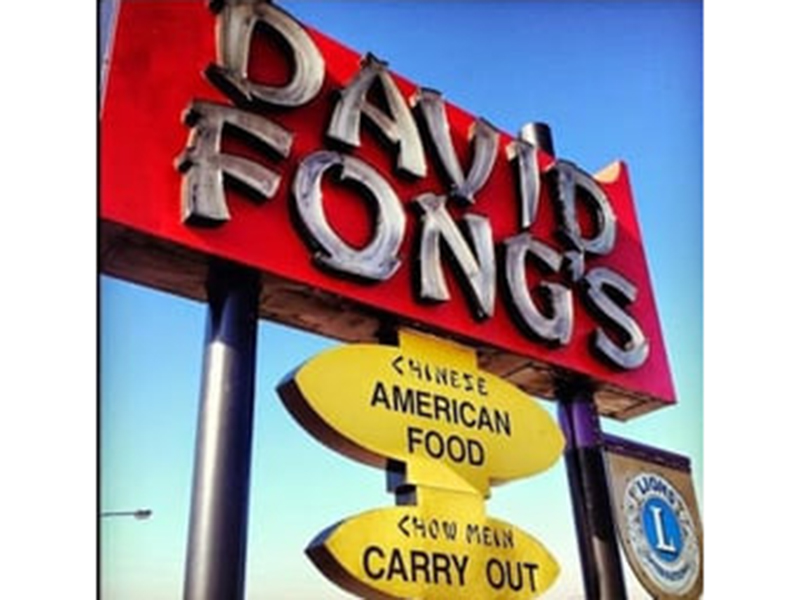
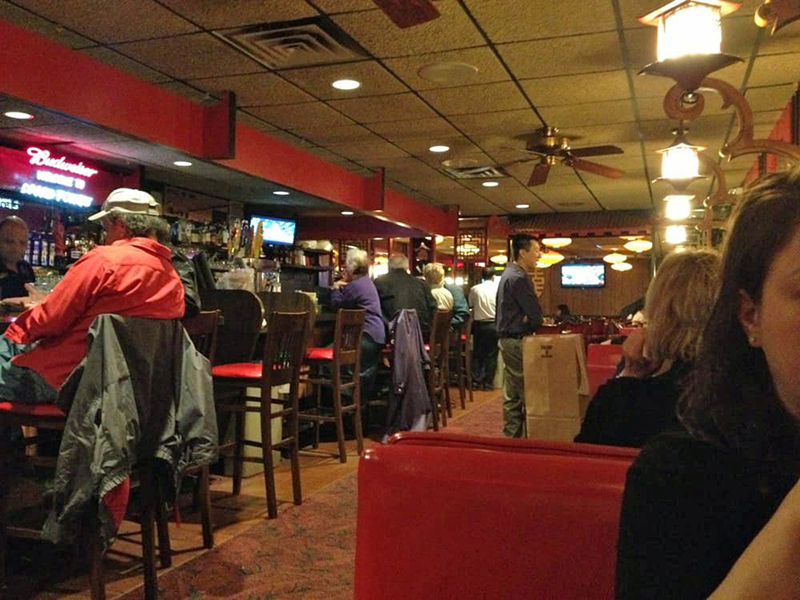
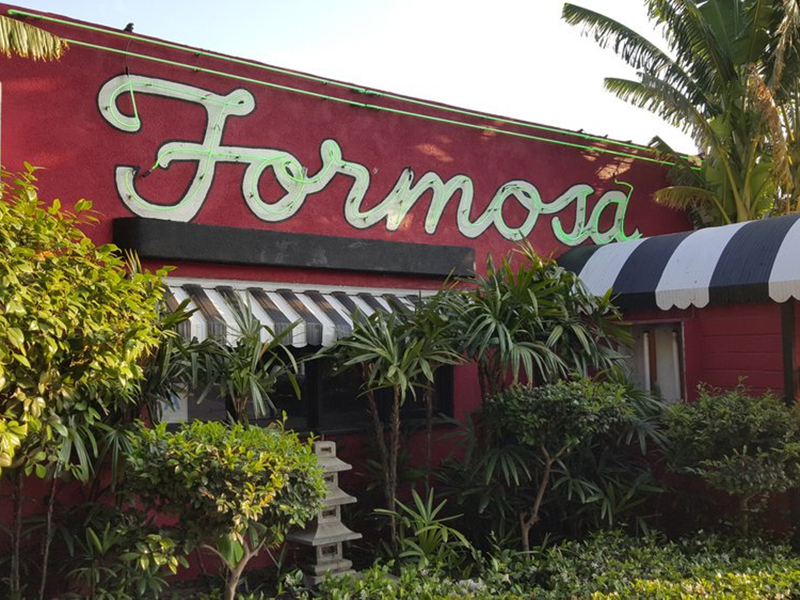
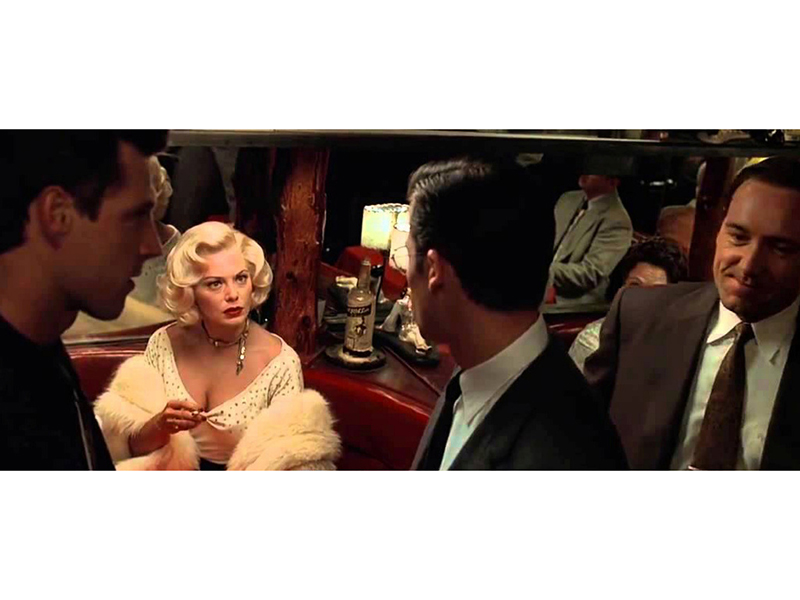
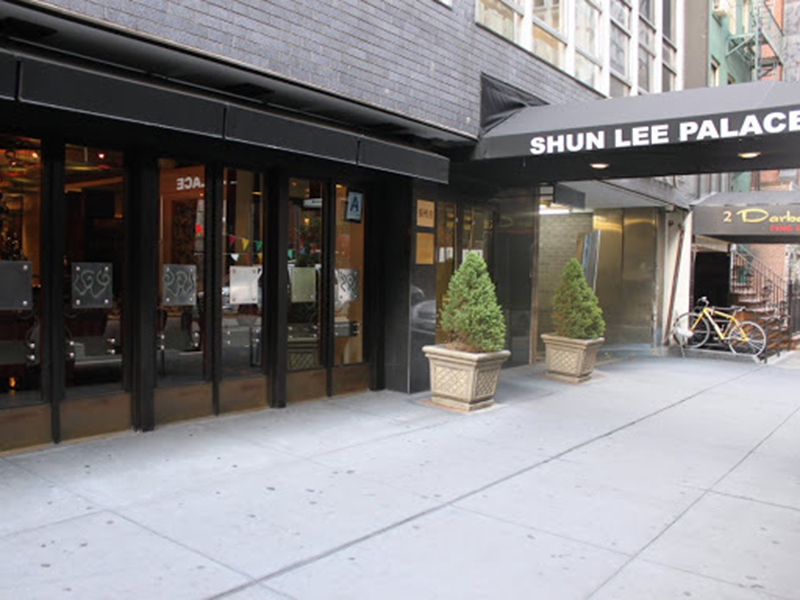
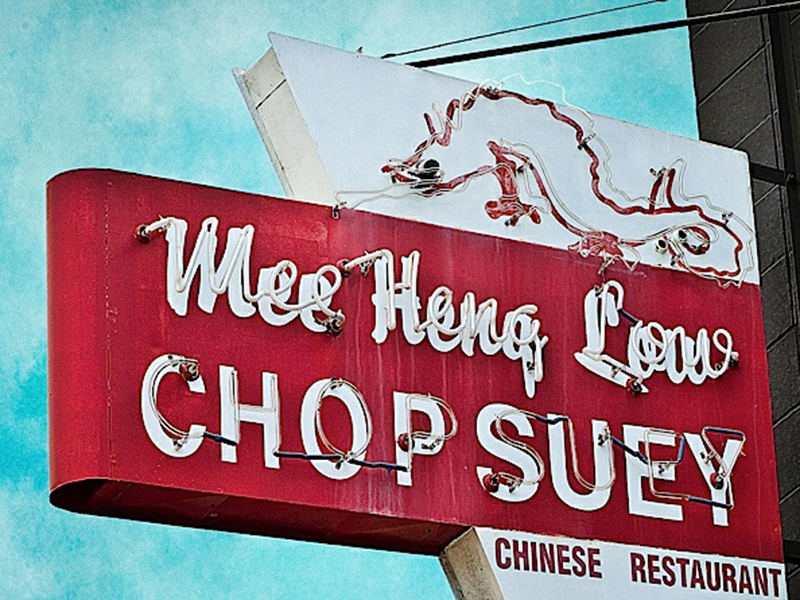
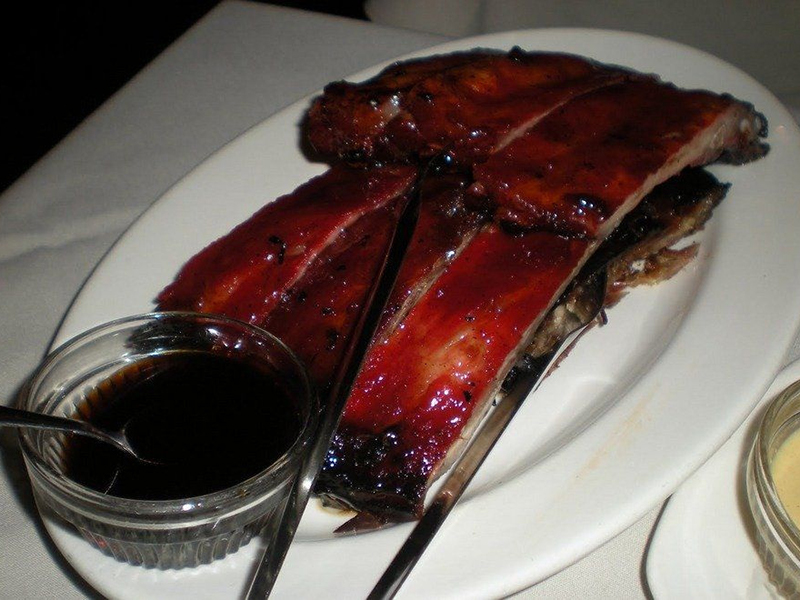
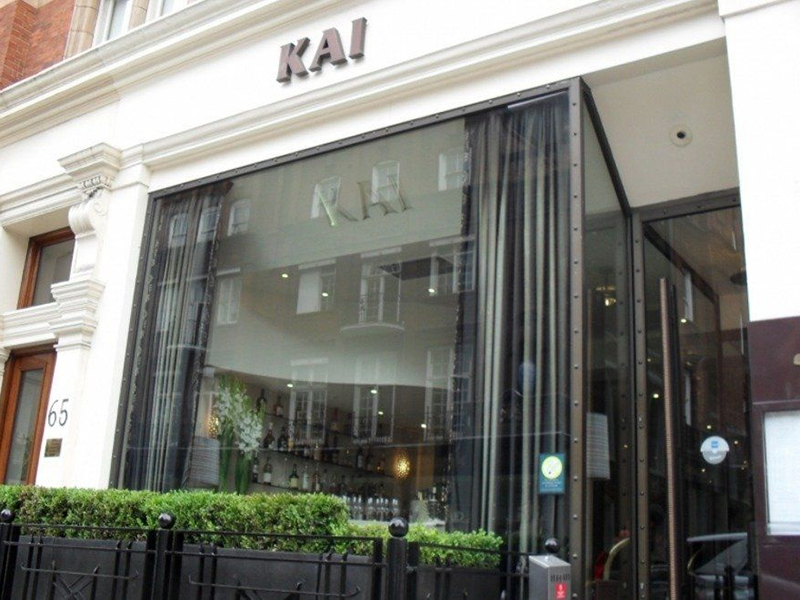
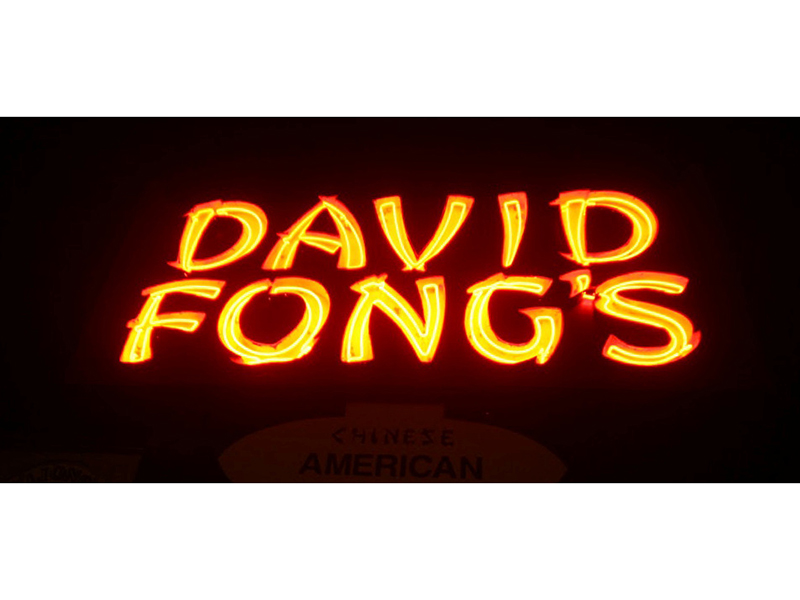
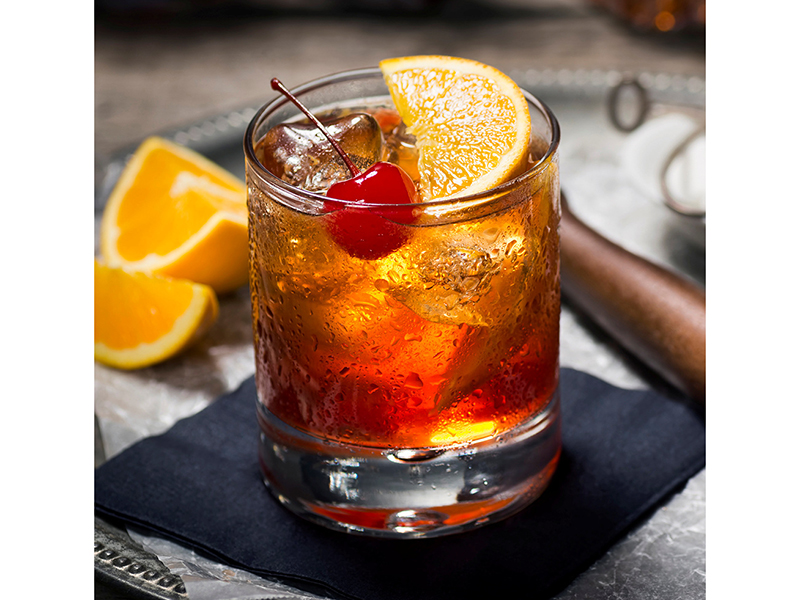
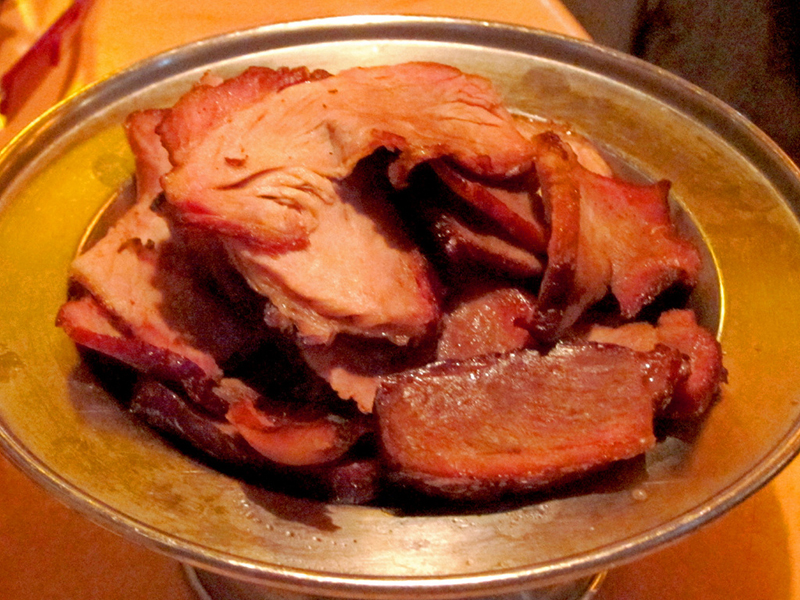
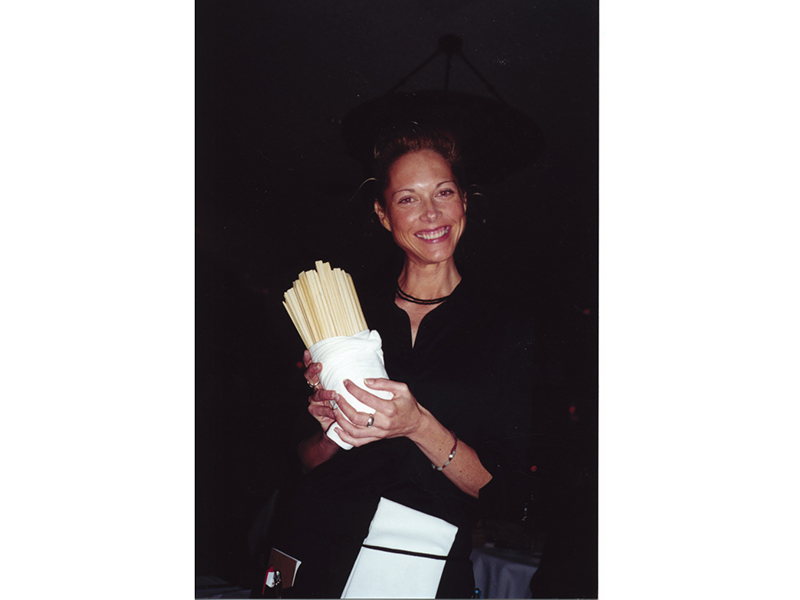
oh Wow…Shelli…I’m quickly becoming addicted to Phil’s colorful blogs.
Bernie Wong, son of Howard, was a friend years ago…God rest his soul!
We will toddle off to David Wong’s next week to taste test.
Mollie
I see you don’t monetize your website, don’t waste your traffic, you
can earn extra bucks every month. You can use the best
adsense alternative for any type of website (they approve
all websites), for more details simply search in gooogle: boorfe’s tips
monetize your website